The new Star Wars Battlefront doesn’t possess the same variety of combat vehicles as its predecessors yet (we hope the upcoming expansions will add some more new vehicles into the game), but the most recognizable and common models are still present, and allow you to feel the breakneck speed of the A-Wings and the massive firepower of the AT-ATs.
Every vehicle has its own strengths and weaknesses. Different players will find their own personal favorites, and this guide will help you learn about the strongest and weakest points of each individual aggregate. Eventually you will be able to make up your mind about which one you want to master the most.
AT-AT (All Terrain Armored Transport)

Length: 26 m (85 ft)
Height: 22.5 m (72 ft)
Top speed: 60 km/h (37 m/h)
Crew: 40
AT-AT is a gigantic walker, a symbol of Imperial power, which can deal with almost any kind of threat due to its massive size. It’s no wonder that Galactic Empire decided to build huge piloted machines with tremendous power. Of course, the highest point of the Imperial megalomania was obviously the Death Star, but AT-ATs cannot but amaze when in action.
Strengths
- Heavy laser cannons can quickly and easily deal with other huge targets, such as power shield generators, enemies’ vehicles and turrets.
- Shielding makes AT-ATs almost invulnerable to any weapon attacks.
- Smaller laser cannon can attack individual soldiers on the ground and other smaller targets.
- Orbital strike can be called for a massive bombing from above.
- It has enough space for 40 clone troopers ready to be dispatched at any point onto the battlefield.
Weaknesses
- AT-AT proves itself as an excellent tool for the breakthrough, which needs the full support from the ground and from the air.
- Although the AT-ATs are well-armored and armed, their size also makes them an easy target, which immediately attracts the attention of the enemy.
- The walkers have another weak spot – they can be taken down with the tow cable of a Snowspeeder by roping its legs.
You can control the AT-AT’s weapons, but unlike previous games, the walkers in Star Wars Battlefront move on a certain path and cannot be piloted in a traditional sense of the word.
This is what Sigurlina Ingvardottir, the Senior Producer of the game, said about the lack of ability to pilot AT-ATs:
“It’s a part of the mode itself, because the AT-AT is the objective of the mode. They have a set path because they’re headed to the shield generator. If you were to control their path – that would be game breaking. AT-AT is obviously an extremely unique vehicle. They’re so big, their movement is slow, their attributes are so different they have almost their own laws.”
AT-ST (All Terrain Scout Transport)
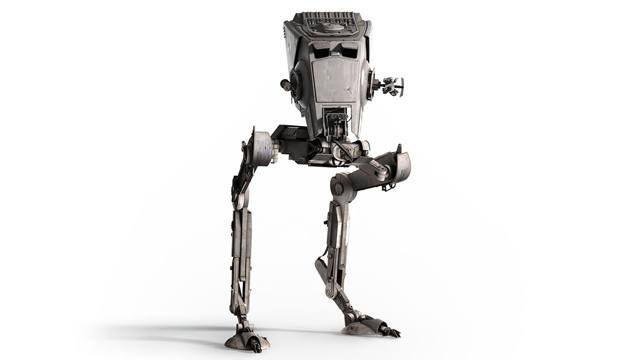
Length: 6.4 m (20 ft)
Height: 8.6 m (26 ft)
Top speed: 90 km/h (56 m/h)
Passengers: 1
AT-STs are used by the Empire for two reasons: as an intelligence scouting transport and as a battle vehicle, primarily to support the AT-ATs. You can pilot AT-ST after picking up the AT-ST Powerup in the battlefield.
The best way to pilot AT-ST is to be a walking cover. The “chicken walkers” should always stay in the background and hide in between the AT-ATs to avoid missiles and air attacks. This means that your main purpose in Walker Assault as an AT-ST pilot is to provide assistance and defense.
Strengths
- It’s a light vehicle and can move very quickly around the map.
- AT-ST is quite resilient, however, its rear side is a pretty weak spot that lets enemies sneak up on you.
- Front-mounted blasters are especially effective not only against ground infantry, but also against aircrafts passing by.
- Homing missiles can be even more effective against aircrafts as they can lock on to enemy vehicles.
- Concussion Grenade Launcher can shoot three grenades to clear uplinks and capture points.
Weaknesses
- AT-ST is devoid of a powerful armor, and thus can be disabled by a single rocket launcher missile.
- Don’t get too deep into the forests on Endor. Despite being well-adapted to the wild terrains, its abilities will be limited by the sheer amount of trees.
T-47 Airspeeder (Snowspeeder)
Length: 4.5 m (13 ft)
Top speed: 650 km/h (404 m/h)
Crew: 2
Originally, Airspeeders were designed as cargo aircrafts that used a cable with a magnetic harpoon to capture the containers off the ground. But the rebels use T-47 as an excellent tactical hit’n’run vehicle after attaching a couple of laser guns to it. Its high speed and maneuverability allows you to ram enemy objects and vehicles, such as AT-ATs.
If you want to pilot Snowspeeder effectively, you need to know that when piloting a T-47, your main goal is not to intercept, but to hide and evade. In this way you will stay alive longer and actually be able to take out your enemies. For example, when an enemy fighter is locking on you, fly low and close to the cliffs — this will prevent the missiles from hitting you. If you decide to take down the walker, you will need to prepare your harpoon and keep an eye on that stability.
Strengths
- Speed Boost allows you to gain a lot of speed in short bursts of time, which can be especially useful when trying to reach the battlefield quickly or escaping a bunch of enemy aircrafts.
- The Sensor Jammer will not let your enemies to lock on to your Airspeeder, thus allowing you to evade more efficiently.
- Perfect for air-to-ground combat and taking down the walkers.
Weaknesses
- Doesn’t have enough speed to chase after Imperial fighters.
- Has a very limited damage ability with only two blasters, which can’t lock on targets.
74-Z Speeder Bike
Length: 3-5 m (10-16 ft)
Top speed: 500 km/h (310 m/h)
Crew: 2 (1 pilot and 1 passenger)
Speeder bikes are the result of civil engineering, which was relished by the military officials of the Empire. The application capabilities of Speeder Bikes are particularly limited, as their high speed is more suited for patrolling than combat, and the lack of protection increases the chances of severe damage or even death of the pilot.
Controlling a Speeder Bike can be tricky, as it’s extremely fast. When you chase rebels on Endor, you have to be very attentive to any kinds of obstacles and evade them in the most accurate way; this, of course, requires a lot of practice.
Strengths
- Able to cover huge distances very quickly, but only if it is piloted by players with fast reflexes, or else your journey will end at the first pine tree.
- It can be well-used to deliver a couple of clones to almost any point on the map, under the cover of landscape elements.
Weaknesses
- Single blaster cannon can be quite effective in eliminating other speeders or smaller targets, but it won’t do much against bigger vehicles.
TIE Fighter (Twin Ion Engine)
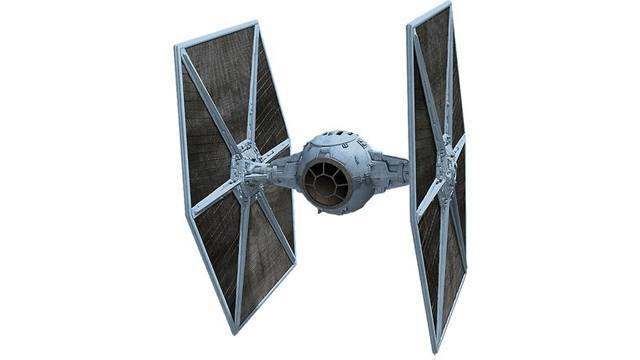
Length: 6.3 m (19.6 ft)
Top speed: 1200 km/h (745 m/h)
Crew: 1
TIE fighters with their twin ion engines were incredibly cheap to produce, so the Empire flooded the entire space with these flying aggregates. They have an unusual form with two vertical flat wings, which makes them an easy target. Apart from that, TIE fighters are both very maneuverable and fast, even faster than the X-Wings.
Piloting a TIE fighter is pretty easy; the only thing you should consider is constantly hovering over a large area of the battlefield. Get into a quick fight, make a few short bursts of fire with your blasters and leave the area just as quickly. This is important simply because unlike X-Wings, TIE fighters don’t have a shield, so they can be quickly damaged and set off to the ground.
Strengths
- Can lock onto enemies with both its laser blasters and ion cannon, which makes dogfights pretty accurate.
- You can use a speed boost ability to rush away from the battle in moments of emergency or during a chase.
- In addition, you can distribute your energy between its weapons and engines, which becomes important in times of need for a faster speed boost or higher attack damage.
Weaknesses
- It’s really easy to lose your fighter if you get hit from the rear — especially if you enjoy first-person view and your FOV is limited.
- Generally, TIE Fighters have a low durability and can be easily damaged from both the ground and in the air.
X-Wing (T-65)
Length: 12.5 m (39.3 ft)
Top speed: 1050 km/h (652 m/h)
Crew: 1
The symbol of the Rebel movement and its most effective weapon against the tyranny of the Sith. X-Wing has always been and remains one of the best creations of the galactic engineering. This universal starfighter has quickly become the locomotive of the uprising. In addition, each fighter can enter hyperspace, which blends perfectly with the guerrilla tactics of the Alliance.
In Star Wars Battlefront X-Wing plays a very important role. It allows you to take down enemies with the lock on ability and it is quite resilient, but if you want to preserve it in the best way possible, then it is advisable to maneuver as much as you can during the fights.
Strengths
- X-Wing has a shield protection, which makes it a solid choice for beginners, and lock-on proton torpedoes.
- Its firing range is superior to that of an A-Wing with its four powerful front-mounted blaster cannons.
- Just like the TIE fighter, it has an energy distribution system that lets you choose between speed or attack damage.
Weaknesses
- It is still a little slower in comparison to TIE fighters and less maneuverable as well. So, if you get into dogfights with the TIE fighter, be very aggressive — your shield can protect you, while TIE fighters will easily go down.
TIE Interceptor
Length: 9.6 m (29.5 ft)
Top speed: 1250 km/h (777 m/h)
Crew: 1
At a certain point in time, the engineers of Galactic Empire realized that their TIE fighters can’t stand very well against rebels’ T-65 X-Wings. So, they had to create a new type of interceptor based on twin ion engine.
Piloting a TIE interceptor can be approached in a more aggressive way than a TIE fighter, as it has more speed and firepower, thus becoming a much more dangerous type of pursuer for X-Wings. The best tactics for an interceptor is to be on a constant look out for fresh spawns on the battlefield. If you see a new aircraft or a rebel spawning in an open, you have to go get them with your interceptor.
Strengths
- TIE interceptors received a better design of the wings, which became thinner and tighter. This makes them a slightly harder target than the TIE fighters.
- The prevention system warns you about the overheating of the blasters, so alternatively you can switch to using missiles for some time.
Weaknesses
- TIE interceptors are surprisingly less maneuverable than the TIE fighters. If you wish to attack another aircraft, you should approach it from below. This way, it will prevent an X-Wing from dipping into the cliffs for a hideout, where TIE interceptors can’t behave very well. They are much more effective in the open.
A-Wing (RZ-1)
Length: 9.6 m (29.5 ft)
Top speed: 1300 km/h (808 m/h)
Crew: 1
A-Wing is the response of the rebel engineers to imperial TIE interceptors. The new RZ-1 fighters’ agility and speed were so exceptional that they left no chance for imperial interceptors.
This model is definitely the best aircraft in the game, as it combines the maneuverability of the TIE fighter and the firepower of an X-Wing.
Strengths
- Twin blasters are particularly effective against AT-STs.
- A-Wing is perfect for dogfighting, as it utilizes a power shield protecting you from the enemy’s cannons and has a full lock on ability to fire and hit precisely with your own missiles.
- It combines all the best elements from all other aircrafts in the game, such as energy distribution, increased firepower, high speed, etc.
Weaknesses
- The only weak point of an A-Wing is that it is still not very effective against larger targets, such as AT-AT walkers. In this case, Snowspeeders are much better.
Controls
Below are the official control schemes for all types of vehicles present in Star Wars Battlefront.
Ground vehicles
Air vehicles
Tell us about your favorite Star Wars Battlefront combat vehicles in the comments section below!

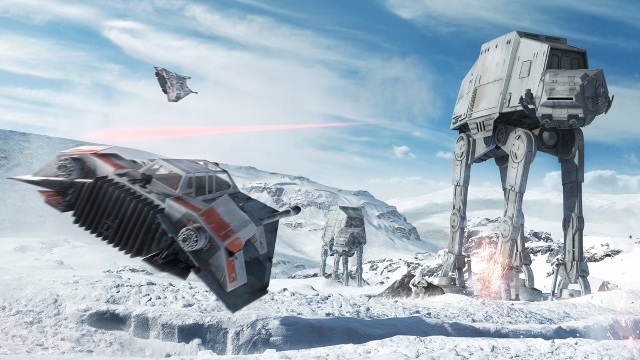










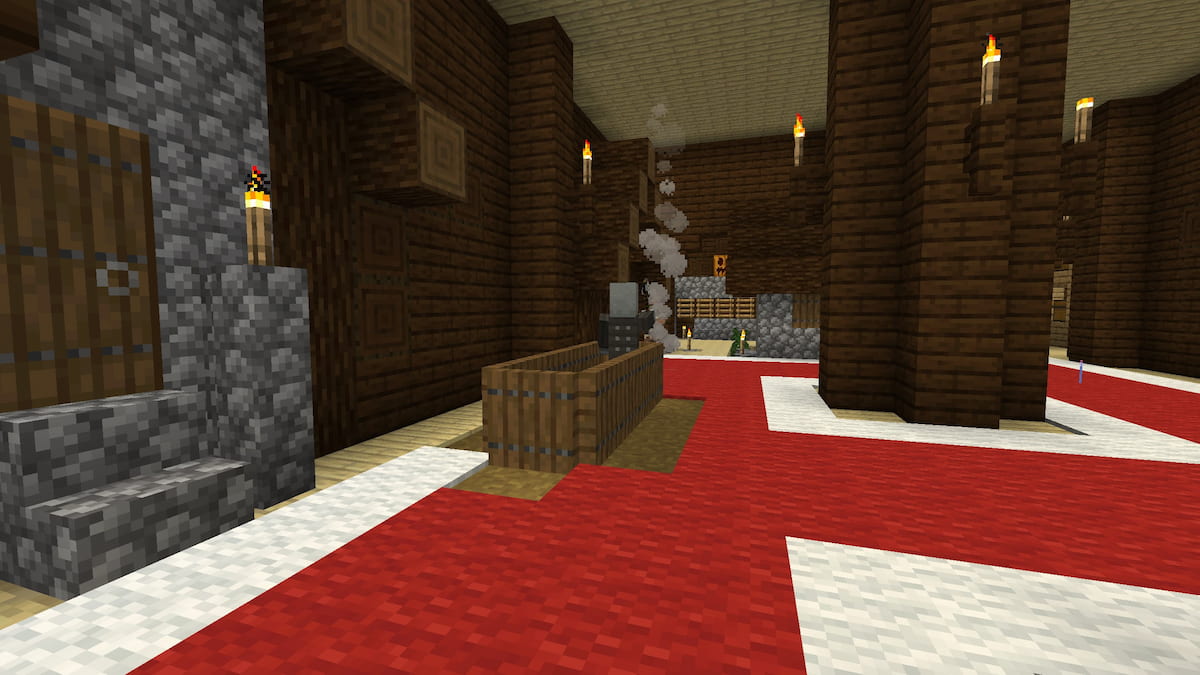
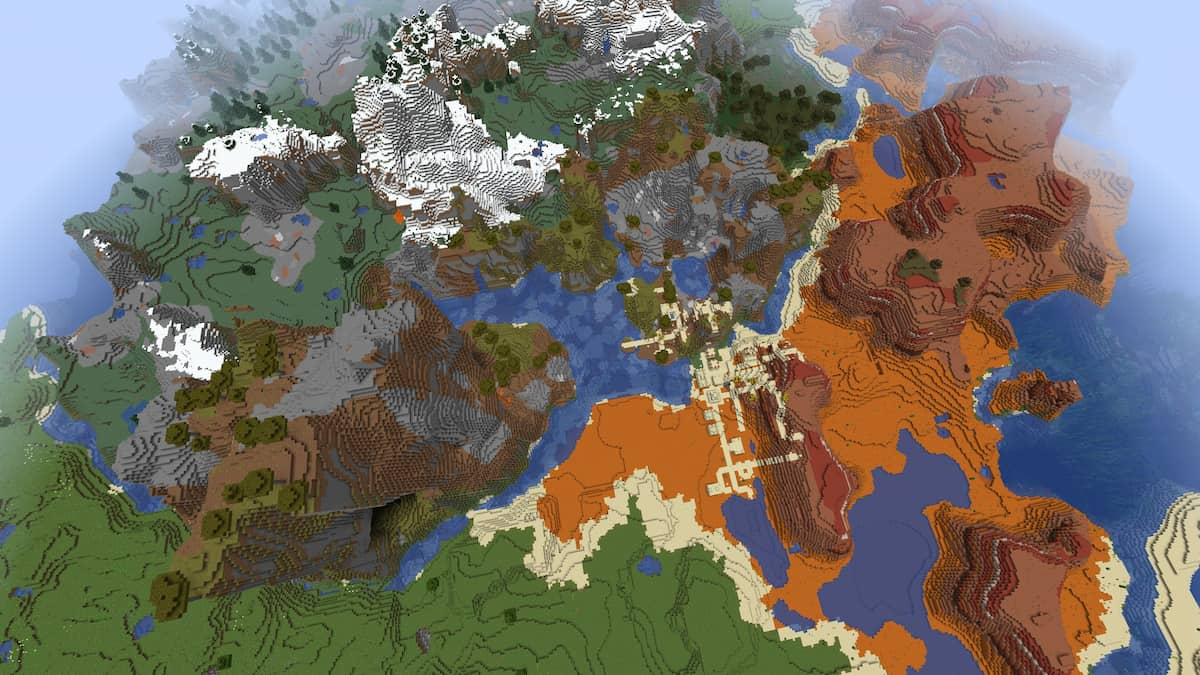
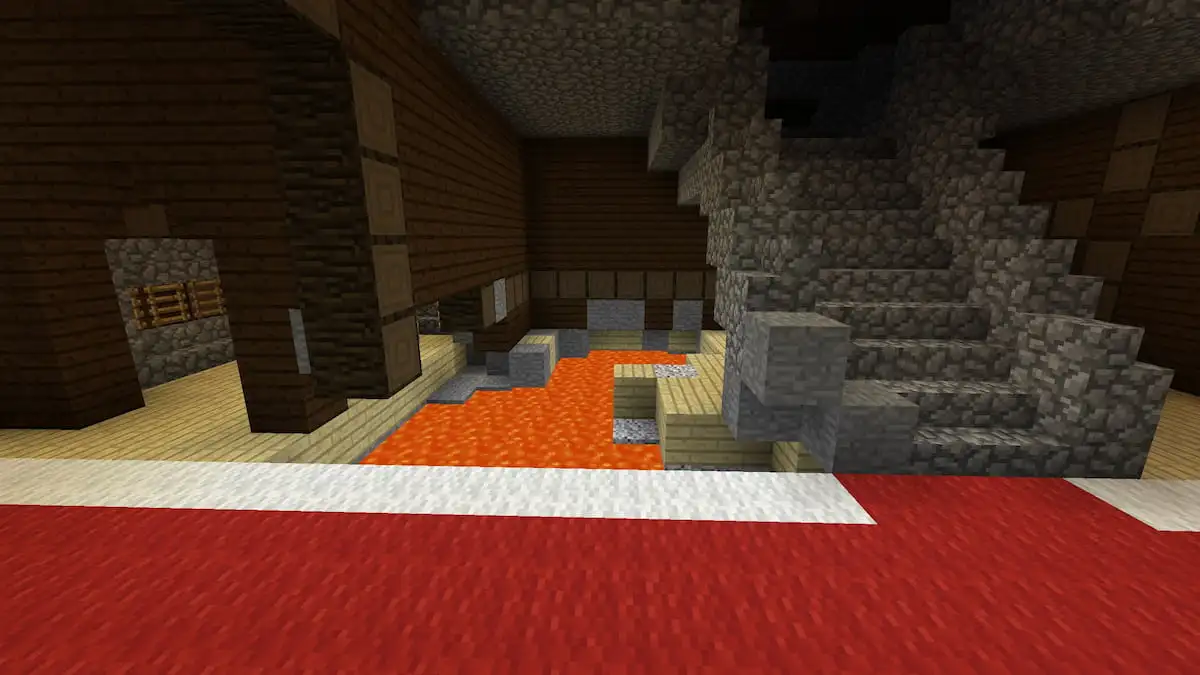
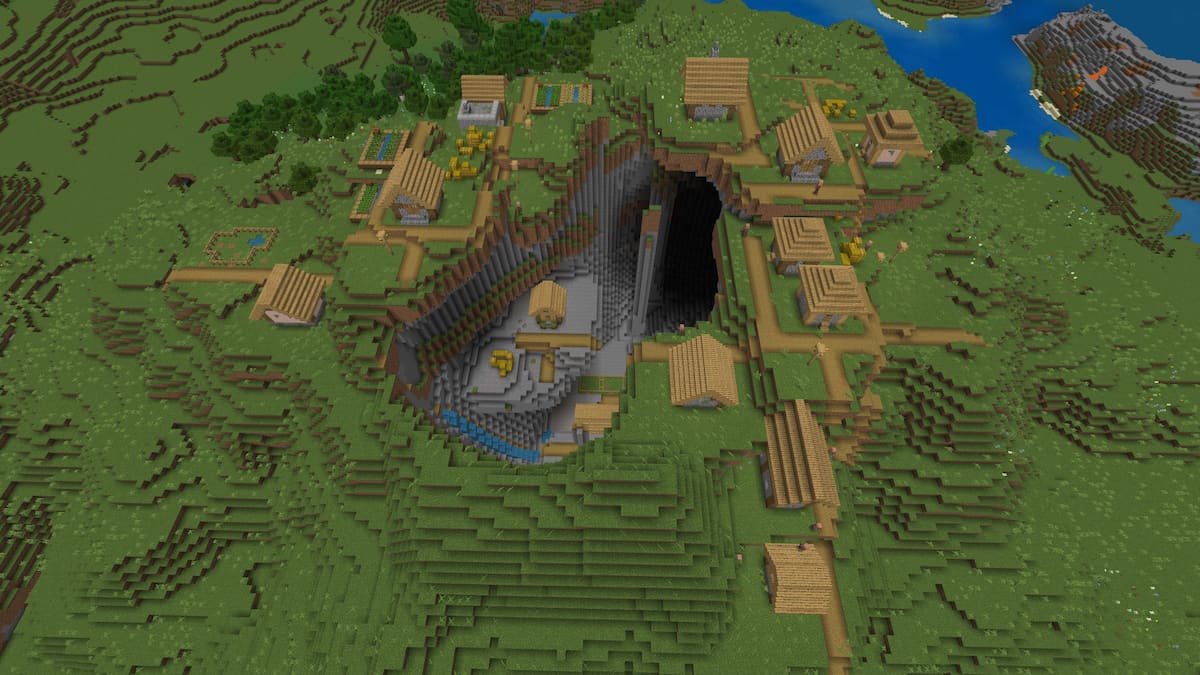
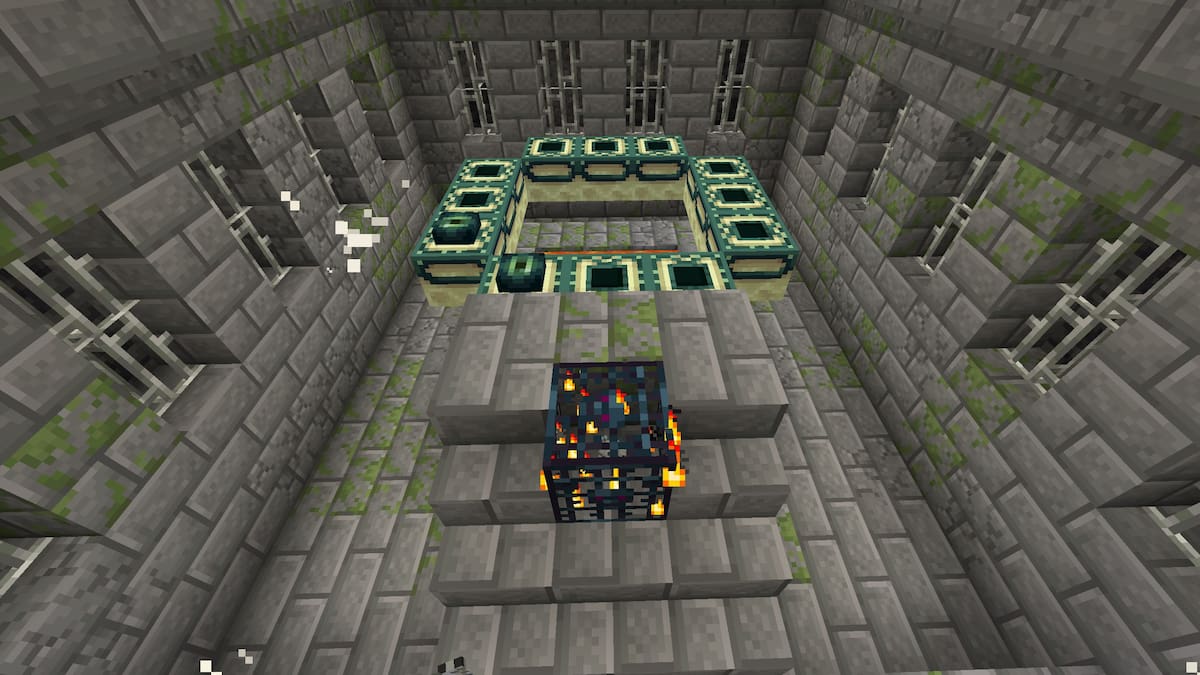
Published: Dec 9, 2015 04:44 am